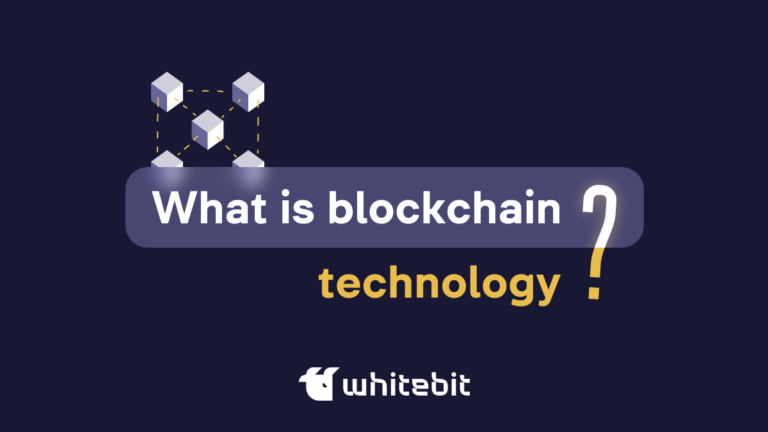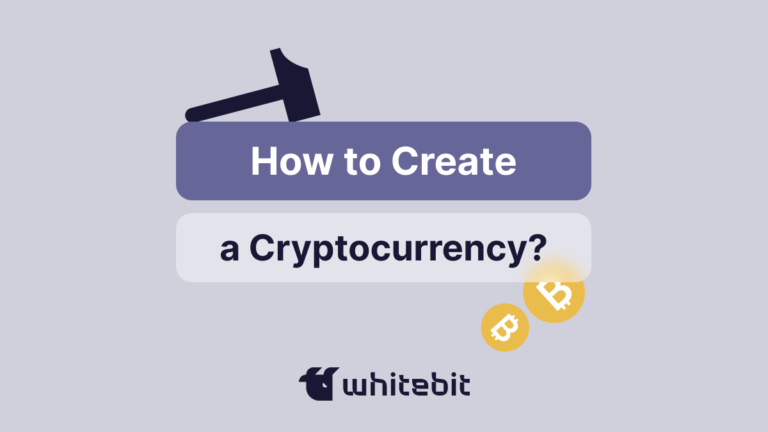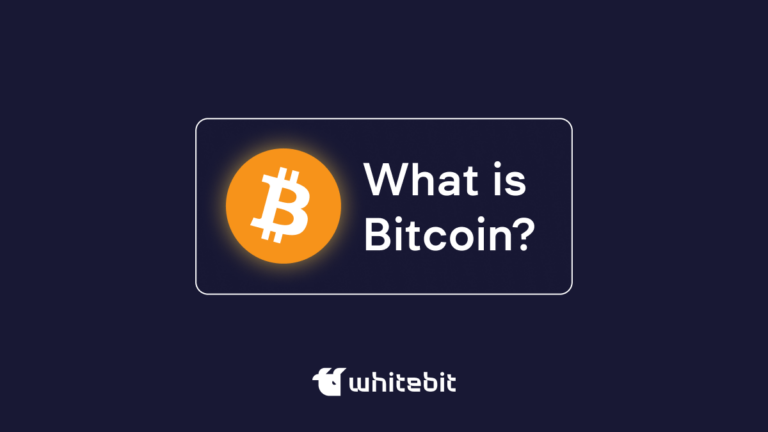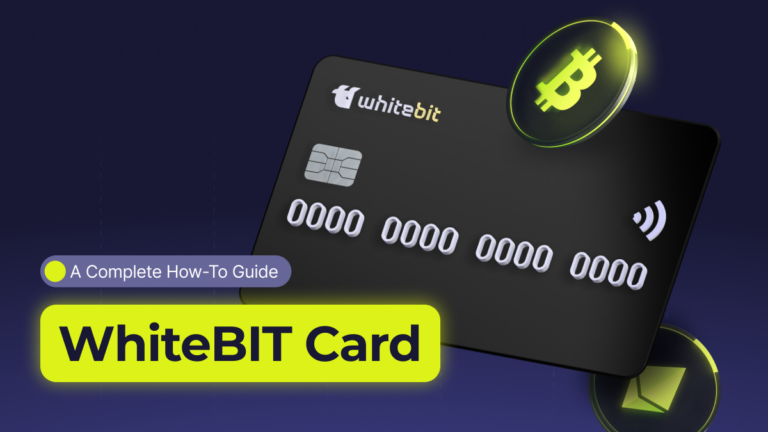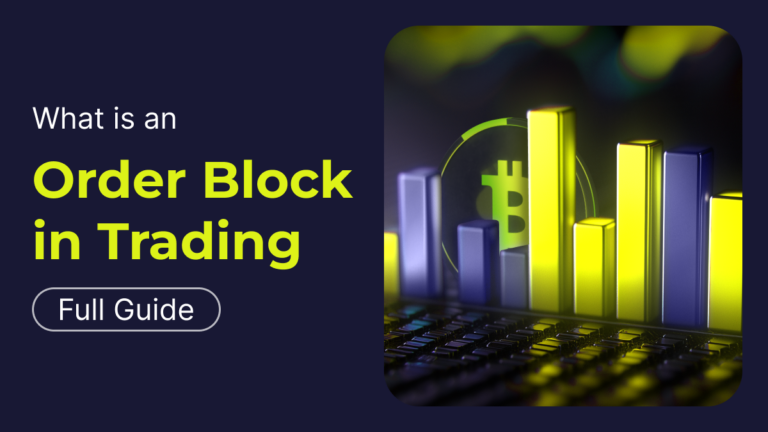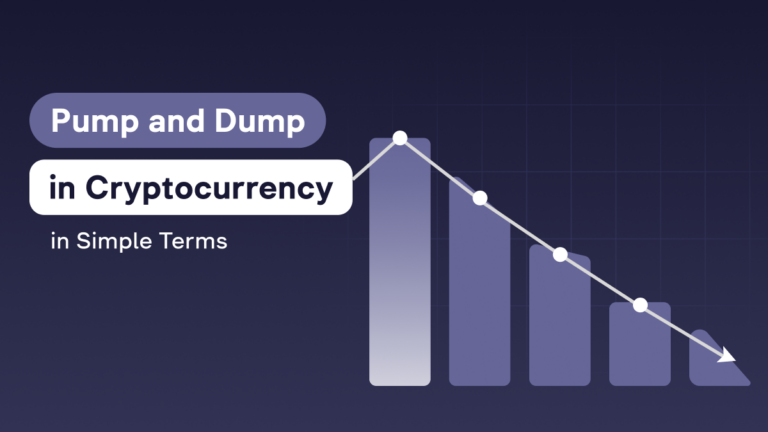What Is a Hard Fork in Cryptocurrency?

Content
A revolution in the cryptocurrency world can start with the initiative of a small group of developers who proposed an alternative future for a blockchain project. In this article, we will analyze what a cryptocurrency hard fork is and study its mechanics and impact on the market.
Hard Fork Meaning
Hard Fork isin simple words, a way of introducing fundamental changes to the architecture of a blockchain protocol.
Blockchain developers regularly update their protocols to fix vulnerabilities and introduce innovations. Some of these innovations can be so significant that they create a hard fork blockchain. In this case, the existing version of the protocol is not changed, but a copy of it is made, and the new code is integrated into it.
How Does Blockchain Hard Fork Work?
Initially, developers make a proposal, which is reviewed, finalized, and tested. However, written code is half the battle because a hard fork requires the consent of most participants. An example of this approach is the Bitcoin Improvement Proposal (BIP), a system for proposing improvements to the Bitcoin protocol. Ethereum (ETH) uses a similar system to accept proposals.
In addition to developers, validators — the people responsible for processing transactions and adding blocks to the blockchain — play a significant role. They have a good idea of what features and improvements are essential to users. Thus, validators who disagree with the update will not switch their nodes to the new version.
When a hard fork is initiated, the existing blockchain splits into two branches, each following its unique rules. After the split, the network continues to function in two different versions: one following the old protocol and the other following the new protocol.
Reasons for Hard Forks and Why Is It Matter
Several factors can lead to a blockchain hard fork, each driven by changing community needs or a desire to address specific problems. Hard forks are essential because they can make critical updates, resolve disputes, or improve the network’s functionality.
Such updates directly affect mining, requiring miners to adapt to the new rules and possibly upgrade their hardware. This, in turn, affects their choice of blockchain branch to support. In addition, hard forks may affect crypto prices, as changes in mining and the choice of blockchain branches may cause uncertainty among market participants.
Examples of Crypto Hard Fork
Ethereum Hardfork
As we have said, a hard fork happens due to disputes between network participants. Hard fork Ethereum is one of the memorable events. Ethereum Classic is a project that emerged from the division of the Ethereum community. After hacking the DAO project, some of the developers, with the support of Vitalik Buterin, decided to use a hard fork to return the stolen funds. However, some were against the changes to the blockchain. After several weeks of debate, the Ethereum hard fork did take place. The network was split into two separate branches on July 20, 2016. Those who disagreed with this decision decided to continue the original chain, which they called Ethereum Classic. But it is not only one ETC hard fork.
Another one is the Ethereum London hard fork. It included five major improvement proposals (EIPs): 1559, 3554, 3529, 3198, and 3541, among which EIP-1559 was the most significant. Furthermore, it changed the approach to transaction fees by replacing the auction model of fees with a system with a “base fee” — a minimum fee for including a transaction in a block. The base fee dynamically adapts with each block, considering network congestion, and can vary by no more than 12.5% per block, ensuring the predictability of transaction fees.
In addition, EIP-1559 introduces an adaptive gas limit, allowing blocks to expand to process more transactions when network congestion is high, aiming for an optimal block utilization of 50%. If congestion exceeds this figure, the base fee increases, incentivizing users to reduce the number of transactions, and for those who wish to speed up the processing of their transactions, there is an option to pay an additional priority fee. However, the most debated part of EIP-1559 was that the entire base fee is now burned, and miners only receive revenue from the priority fees. This decision aims to create a mechanism that reduces the overall issuance of ETH and controls inflation without harming the network’s security.
Bitcoin Hardfork
Bitcoin (BTC) remains a central focus in the cryptocurrency sphere, and the Bitcoin hard fork is another landmark event. The debate around block size culminated in hard fork Bitcoin, which led to Bitcoin Cash’s (BCH) creation. This demonstrates the community’s differing views on the network’s future.
Shanghai Hardfork and others
Ethereum Shanghai has allowed withdrawals from staking to the “execution layer” (previously called ETH1). With the Capella update, the Shanghai hard fork allowed blocks to accept withdrawal transactions, allowing stalkers to withdraw their ETH from the Beacon Chain to the “execution layer.”
In the history of ETH evolution, significant milestones include several updates, such as Metropolis, which introduced several innovations and paved the way for the future development of decentralized finance. Metropolis hard fork was followed by essential updates such as the Constantinople, Istanbul, and Berlin hard forks, improving the network’s functionality and security.
It is also worth mentioning Cardano’s Vasil hard fork. On September 23, 2022, the Input-Output Global (IOG) team successfully released the Vasil update on the main Cardano (ADA) network. The Vasil hard fork crypto improved the scalability and efficiency of smart contracts on the Cardano network.
Hard Fork vs Soft Fork: Main Differences
A common confusion in the crypto sphere is distinguishing between a soft fork vs hard fork. While both represent changes to the blockchain protocol, one of the main difference between hard fork and soft fork is their blockchain reversibility.
Reversibility
- Hard-Fork: a protocol change that is incompatible with the previous version. After a hard fork, the blockchain is split into two separate chains, and users must choose which chain they will support. A hard fork cannot be undone;
- Softfork: a protocol change compatible with the previous version and does not cause the blockchain to split into two chains. A soft fork allows changes to be implemented without breaking the network. Unlike a hard fork, a soft fork can be undone or “rolled back.”
Exodus
- Hard-Fork: results in two separate and independent blockchains with different transaction histories since the fork;
- Soft-Fork: This results in a single blockchain, as updated nodes can still accept transactions from un-updated nodes.
Compatibility
- Hard-Fork: requires all nodes to migrate to the new protocol, leading to potential network disruptions and the need for broad consensus;
- Soft-Fork: maintains compatibility with un-updated nodes and provides a more gradual implementation in the network.
Consensus mechanism
- Hard-Fork: requires approval of changes by all network participants;
- Soft-Fork: does not require unanimity and provides compatibility with un-updated nodes while maintaining a single blockchain.
Conclusion
Understanding hard fork in blockchain is becoming increasingly important in the rapidly evolving cryptocurrency market. These events are shaping the future of blockchain protocols and require scrutiny to make informed decisions. Understanding the dynamics of hard forks becomes crucial for anyone wanting to trade crypto or create new digital assets.

